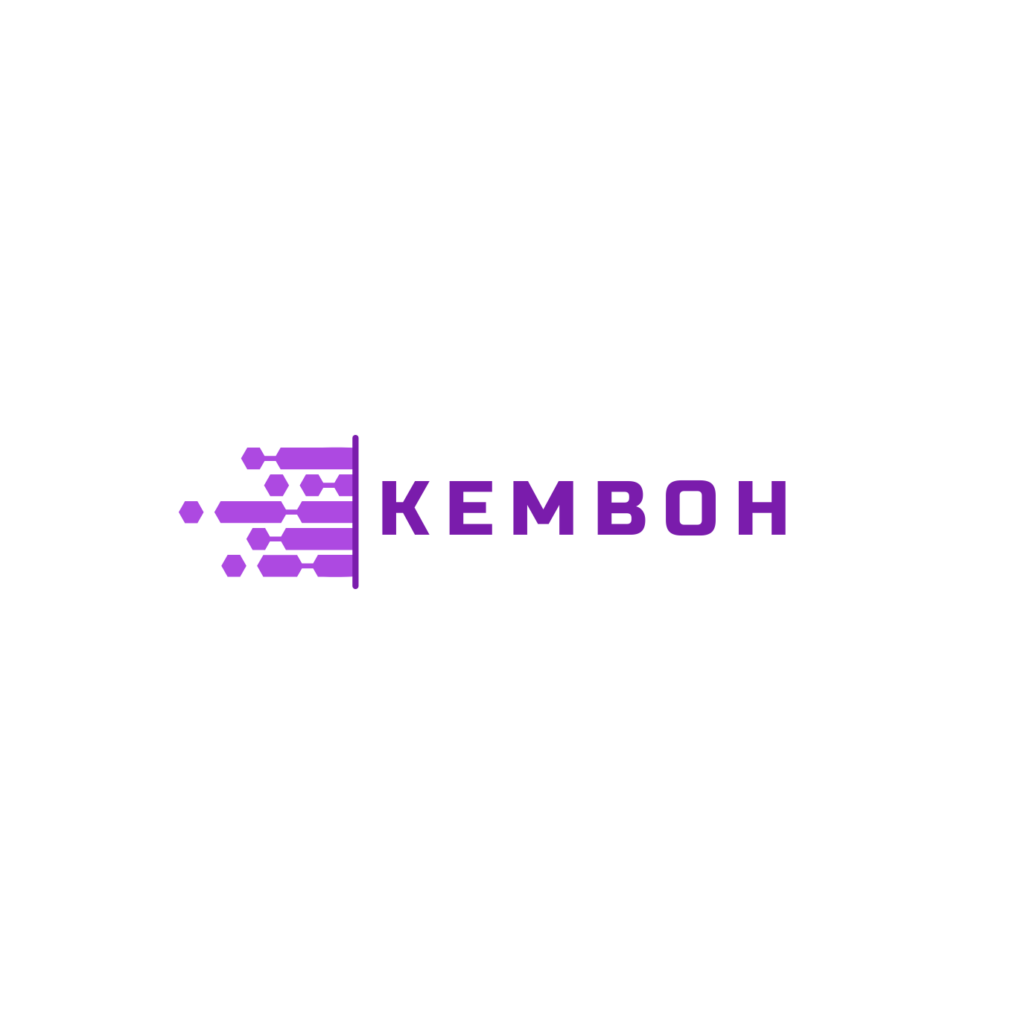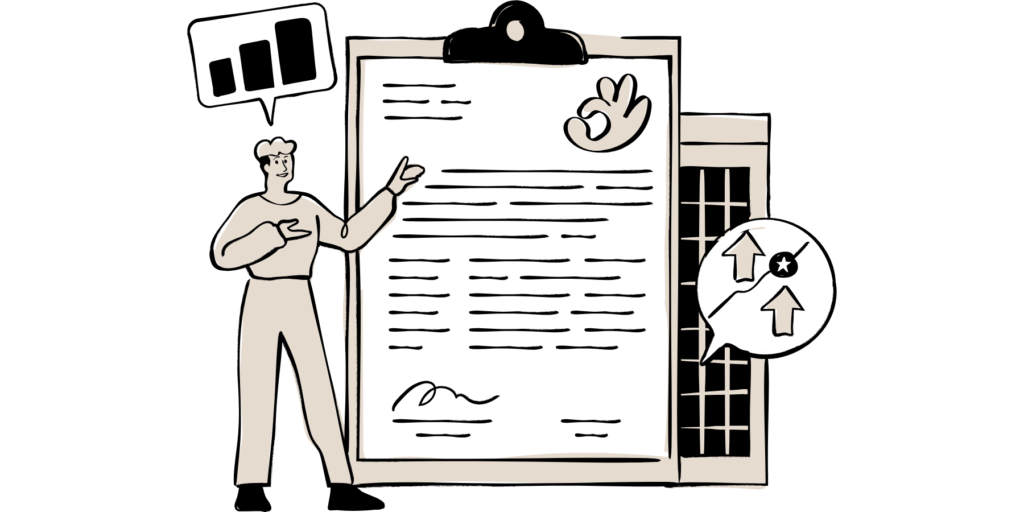Freelancing has become one of the most exciting and flexible career paths in today’s digital world. It allows individuals to work on projects they are passionate about, choose their schedules, and even work remotely from anywhere in the world. Freelancing offers endless opportunities for people with diverse skills, from creative fields like writing and graphic design to technical areas like web development and data analysis.
However, landing your first freelance project can be challenging. With no prior experience or client reviews, many beginners find it difficult to stand out in a competitive market. This is where persistence plays a crucial role. Success in freelancing doesn’t happen overnight—it requires effort, determination, and a strategic approach.
This guide is designed to help beginners secure their first freelance project. Following the steps outlined here, you’ll be well-prepared to enter the freelance world and build a successful career.
1. Understanding Freelancing Basics
Freelancing is a form of self-employment where individuals offer their skills and services to clients on a project-by-project basis. Unlike traditional jobs, freelancers are not bound to a single employer and often work with multiple clients simultaneously.
Popular Freelancing Niches
The freelancing market is diverse, catering to a wide range of industries. Some of the most popular niches include:
- Writing and Content Creation: Blog writing, copywriting, technical writing, and content marketing.
- Graphic Design: Logo design, branding, illustration, and web design.
- Web Development: Front-end and back-end development, app development, and WordPress customization.
- Digital Marketing: SEO, social media management, email marketing, and paid advertising.
- Virtual Assistance: Administrative tasks, customer support, and scheduling.
Choosing the Right Niche
Selecting the right niche is crucial for building a successful freelance career. Start by assessing your skills, interests, and past experiences. For instance, content creation might be a good fit if you have a background in writing and enjoy crafting stories. Similarly, web development could be your niche if you are tech-savvy and enjoy coding.
Specializing in a specific area makes you an expert in that field and helps you attract clients looking for specialized skills. Remember, the key is to choose a niche that aligns with both your strengths and interests, as this will keep you motivated and consistent in your freelance journey.
2. Building Your Foundation
The foundation of a successful freelancing career begins with preparation. Before applying for jobs, you must showcase your skills and present yourself professionally.
Create a Strong Portfolio
Your portfolio is the most critical tool for attracting clients. It shows your skills and capabilities, even if you’re starting.
- Importance of Showcasing Your Skills
- Clients want to see tangible proof of your ability to deliver. A strong portfolio demonstrates your expertise, style, and quality of work, giving potential clients confidence in hiring you.
- Tips for Creating Sample Projects
- If you don’t have client work to showcase, create sample projects that reflect your skills and the type of work you want to do. For instance:
- Writers can craft articles or blog posts on trending topics.
- Designers can create mockups for logos, websites, or branding.
- Developers can build a small app or a personal website to display coding skills.
- The key is to make your portfolio visually appealing, organized, and relevant to your target audience.
Set Up a Professional Profile
Your professional profile is your online identity, which plays a significant role in attracting clients. Whether on a freelancing platform or a personal website, your profile should be clear, professional, and engaging.
- Importance of a Clear and Professional Profile
- A well-crafted profile helps you stand out in a competitive market. It is your first impression, so it’s essential to make it count.
- Elements of a Great Profile
- Profile Photo: Use a high-quality, professional-looking picture.
- Bio: Write a concise and compelling bio highlighting your skills, experience, and what makes you unique.
- Skills: List the skills you want to be hired for. Be specific and include keywords clients might search for.
- Portfolio: Add a link to your portfolio or upload samples directly to your profile.
By investing time in building a strong portfolio and setting up a professional profile, you create a solid foundation that makes you more appealing to potential clients.
3. Choosing the Right Freelance Platform
With your foundation in place, the next step is identifying the best platform for finding freelance jobs.
Overview of Popular Freelancing Platforms
Several platforms connect freelancers with clients. Some of the most popular ones include:
- Upwork: Ideal for many freelance jobs, from writing to web development.
- Fiverr: Best for offering specific services at set prices.
- Freelancer: A platform for bidding on projects in various niches.
- Toptal: Tailored for high-quality and experienced freelancers.
- LinkedIn: An excellent platform for networking and finding freelance opportunities directly.
Tips for Selecting the Right Platform
- Choose a platform that aligns with your niche and skill set. For instance, designers might find Fiverr and 99designs more suitable, while developers might prefer Toptal or Upwork.
- Look into platform fees, as they vary and can affect your earnings.
- Read reviews and explore how competitive the platform is for beginners.
Pros and Cons of Using Freelance Platforms vs. Finding Clients Directly
- Freelance Platforms
- Pros: Easy to find jobs, secure payments, and various projects.
- Cons: High competition, platform fees, and sometimes lower-paying projects.
- Finding Clients Directly
- Pros: No platform fees, higher earning potential, and direct client communication.
- Cons: Requires more effort in marketing and finding leads.
Choosing the right platform or approach will help you land your first freelance project more effectively.
4. Crafting Winning Proposals
Once you’ve chosen a platform, the next step is applying for projects. A compelling proposal is key to grabbing clients’ attention and convincing them to hire you.
What Clients Look for in a Proposal
Clients are looking for freelancers who:
- Understand the project requirements clearly.
- Show genuine interest in the work.
- Demonstrate the skills and experience needed to complete the project successfully.
Tips for Writing a Personalized, Professional, and Concise Proposal
- Personalize Your Proposal: Address the client by name and mention specific details about their project. This shows that you’ve read and understood their requirements.
- Highlight Your Skills: Explain why you’re the best fit for the job. Reference relevant experience or past work similar to the project.
- Keep It Concise: Clients often receive dozens of proposals, so make yours short and to the point. Avoid generic statements and focus on how you can deliver value.
- Include a Call to Action: End your proposal by inviting the client to discuss their project further, such as: “I’d love to hear more about your project. Let’s discuss how I can help you achieve your goals.”
Common Mistakes to Avoid in Proposals
- Sending generic or copy-pasted proposals.
- Overpromising results you can’t deliver.
- Failing to proofread for grammar and spelling errors.
A well-written proposal sets you apart from the competition and increases your chances of landing your first freelance project.
5. Networking and Marketing Yourself
While applying for projects on platforms is essential, networking and self-promotion can significantly boost your chances of finding freelance opportunities.
Importance of Networking to Find Freelance Opportunities
Networking helps you build relationships with potential clients and industry professionals who can refer you for projects. Freelancing isn’t just about what you know but also who you know.
How to Use LinkedIn, Social Media, and Forums to Connect with Potential Clients
- LinkedIn: Optimize your LinkedIn profile with keywords related to your niche. Engage with posts, join relevant groups, and connect with people in your industry.
- Social Media: Use platforms like Instagram, Twitter, and Facebook to showcase your work and share valuable content. Include a link to your portfolio or professional profile.
- Forums and Communities: Join online communities like Reddit, Quora, or niche-specific forums to answer questions, share insights, and subtly promote your services.
The Value of Personal Branding and Consistent Content Creation
- Build your brand by establishing yourself as an expert in your niche.
- Share tips, tutorials, or case studies related to your field. Consistent content creation can attract potential clients and showcase your expertise.
Networking and marketing yourself allow you to build credibility, expand your reach, and create long-term opportunities for freelance work.
6. Overcoming the “No Experience” Barrier
Getting your first freelance project without prior experience can be challenging, but it’s not impossible.
Strategies to Showcase Your Expertise Without Client Experience
- Highlight Relevant Skills: Emphasize transferable skills from previous jobs or academic projects.
- Create Sample Work: As mentioned earlier, build a portfolio by creating mock projects demonstrating your capabilities.
Importance of Testimonials and Reviews (Even if They Come From Non-Paying Clients)
- Offer your services for free or at a discounted rate to a few clients in exchange for testimonials. Positive reviews can help build trust with future clients.
Offering Competitive Rates to Build a Reputation
- For beginners, it is wise to set competitive rates to attract clients. Once you gain experience and reviews, you can gradually increase your rates.
By proactively addressing the “no experience” barrier, you can establish yourself as a trustworthy and capable freelancer.
7. Managing Your First Project
Landing your first freelance project is an exciting milestone, but managing the project effectively is equally important to ensure client satisfaction and build a positive reputation.
Tips for Maintaining Professionalism With Your First Client
- Communicate Clearly: Keep the client updated on your progress and respond promptly to messages.
- Be Reliable: Stick to deadlines and deliver on what you promised.
- Show Enthusiasm: Display a positive attitude and a genuine interest in the project.
Setting Clear Expectations and Boundaries
- Define the Scope: Clearly outline the project’s scope and avoid taking on tasks outside the agreed scope unless there’s additional compensation.
- Establish Deadlines: Agree on realistic deadlines and milestones with the client.
- Discuss Payment Terms: Ensure the client understands your payment terms, including when and how payments will be made.
Delivering High-Quality Work to Secure Repeat Clients and Positive Reviews
- Pay attention to detail and ensure the final deliverable meets or exceeds the client’s expectations.
- Ask for feedback to understand the client’s satisfaction and improve your future work.
- Request a testimonial or review after successful project completion—it can help you attract more clients in the future.
Managing your first project professionally sets the tone for your freelance career and increases your chances of gaining repeat clients and referrals.
Conclusion
Freelancing offers incredible opportunities to work on your terms and pursue your passions. While starting can be challenging, persistence and preparation are key to success.
Recap the Steps to Getting Your First Freelance Project
- Understand freelancing basics and choose a niche that aligns with your skills.
- Build a strong foundation with a compelling portfolio and professional profile.
- Select the right freelancing platform that matches your expertise.
- Craft winning proposals to stand out from the competition.
- Network and market yourself to expand your opportunities.
- Overcome the no-experience barrier by creating sample work and offering competitive rates.
- Manage your first project professionally to secure positive reviews and repeat clients.
Encourage Readers to Stay Motivated and Persistent
Landing your first freelance project takes effort, but with the right approach, it’s achievable. Don’t let rejections discourage you—each step brings you closer to success.
Start your freelance journey today by creating a portfolio, registering on a freelancing platform, or contacting your network. The possibilities are endless, and the rewards of freelancing await!









